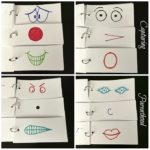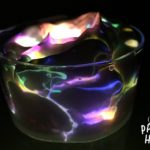“Art has the role in education of helping children become like themselves instead of more like everyone else.”
– Sydney Gurewitz Clemens
I’m a firm believer in the importance of the arts in education. Art allows children to be creative and imaginative. Art provides an additional means of expression. The act of creating also makes children feel good, and boosts self-confidence. Art is a magical outlet that promotes all aspects of child development – physical, cognitive, social and emotional. Art is truly an integral part of life. Needless to say, we love getting creative…and this Plexi-Glass Portrait Painting activity provided a perfectly simple, yet fun and educational opportunity!
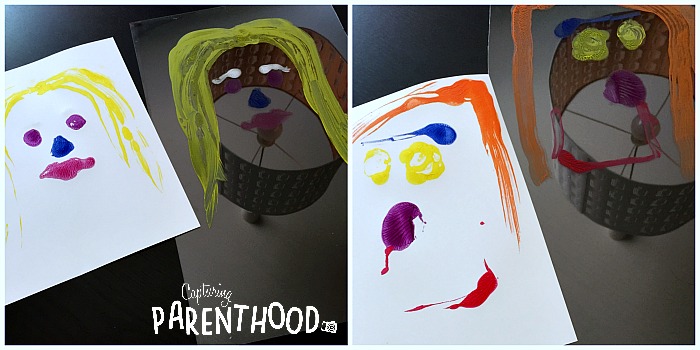
I stumbled upon this brilliant idea over on the Friends Preschool Instagram feed (@friendsartlab). I was immediately intrigued by the idea, and excited by the collaborative nature of this artistic endeavor. I was also very curious to see how our little nugget would choose to paint my personal portrait. 🙂
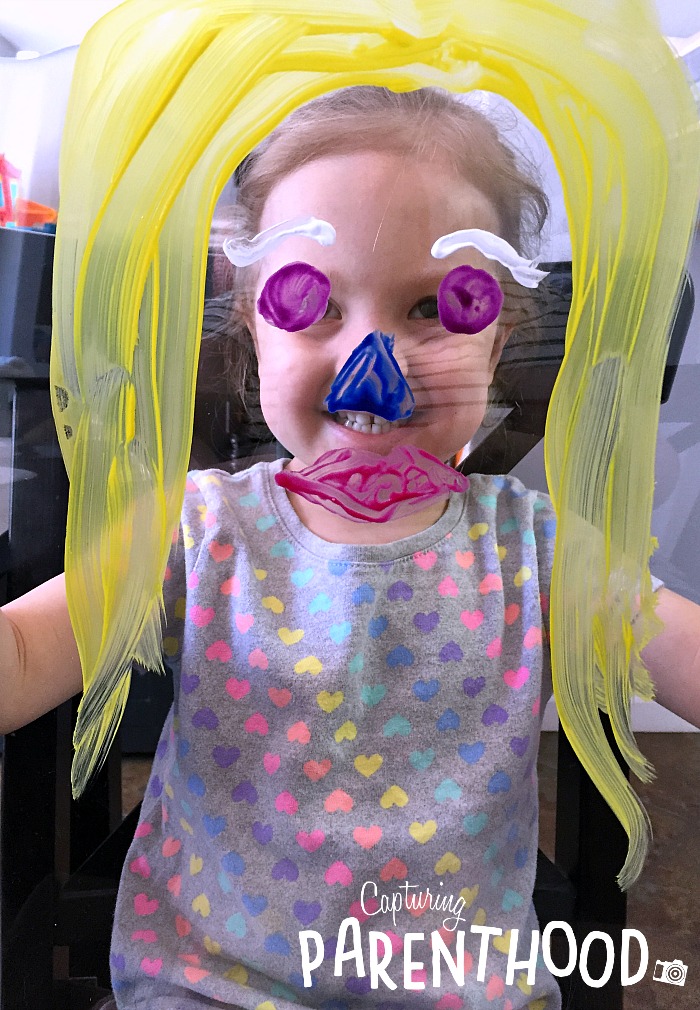
When an artist creates a picture of a person, it’s called a portrait. Portrait painting provides the opportunity for children to learn about various facial features and proportions. When painting a portrait, it’s important to plan ahead to insure the utilization of the entire piece of paper (or plexi-glass). You want to make sure to have enough room to capture the full portrait (and include all of the key facial components).
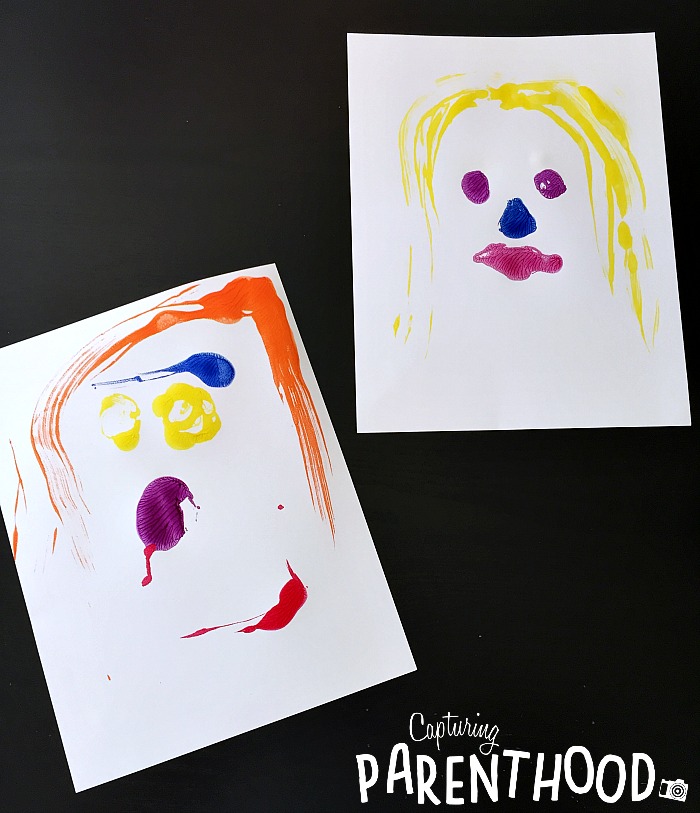
Since this was our first foray into portrait painting, I thought the use of the plexi-glass was key. It’s a lot easier to paint someone’s portrait when you can paint right on top of their face. Plus you get the added bonus of being able to make silly faces at each other during the painting process. 🙂
Plexi-Glass Portrait Painting
Supplies:
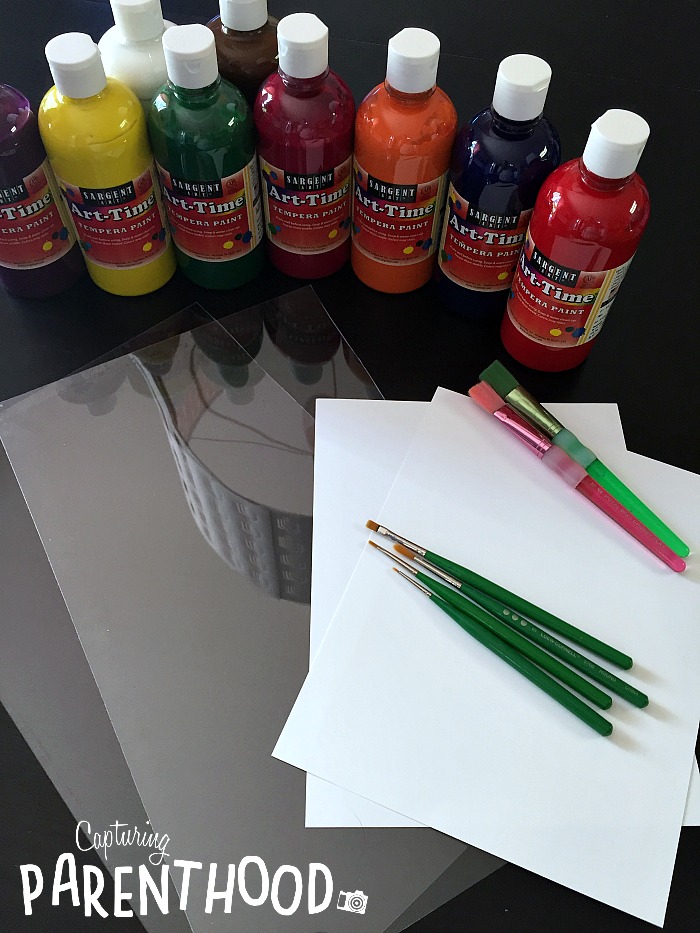
- Plexi-Glass (I found a 16″ x 20″ sheet at Hobby Lobby, and cut it in half)
- Paint (We used Tempera paint, and once dried, it washed right off the plexi-glass)
- Paintbrushes (In various sizes)
- White Card Stock (Optional)
Instructions:
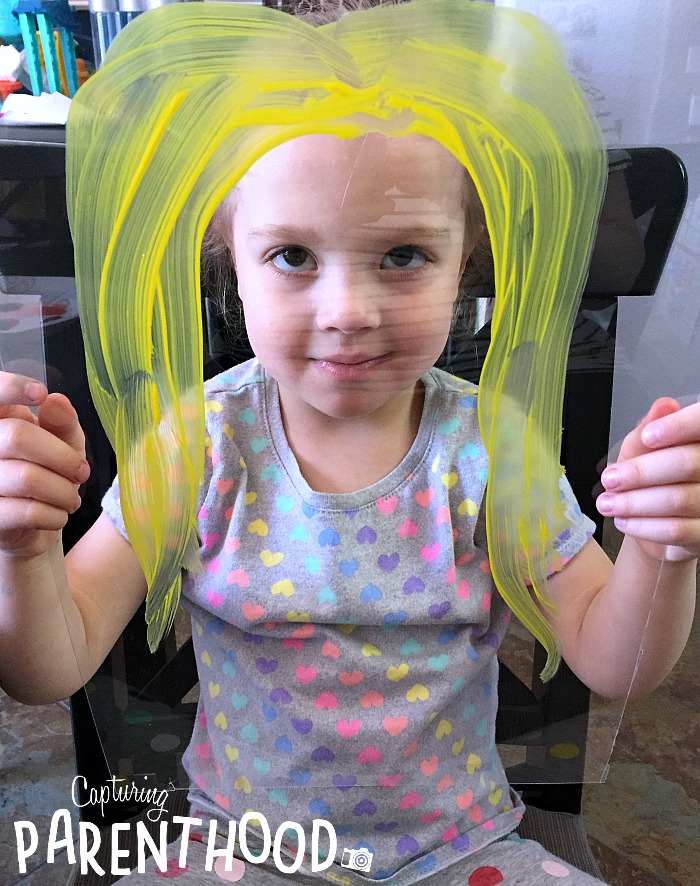
- Create a little paint palette, so that you have all of your paint colors at the ready (we just used a paper plate). Grab your brushes and sheets of plexi-glass. Have your white card stock readily available.
- Sit down across from one another and decide who will be the first artist. The model will hold a sheet of plexi-glass in front of their face, while the artist paints their portrait.
- If you’re planning on transferring the portraits to paper (like we did), you will need to work fairly fast so that the paint does not dry too soon. Once the portrait is complete, set it on a flat surface (paint-side up) and place a piece of white card stock on top. Press down firmly, but make sure not to shift and smear the paint. Remove the card stock and…Ta Da!
- Set the card stock aside to dry completely.
- Switch painters and repeat the above steps.
- Let the paint on the plexi-glass dry completely. Wash it with a little warm water, and set it aside to dry. Store the plexi-glass for future use on portrait paintings, or other artistic endeavors.
We had never done any plexi-glass painting before, and our little nugget was super excited. She opted to model first, and the sight of her big smile through the plexi-glass brightened my day! She was also more than happy to give her creative input on the exact colors I should use for all of her facial features. 🙂
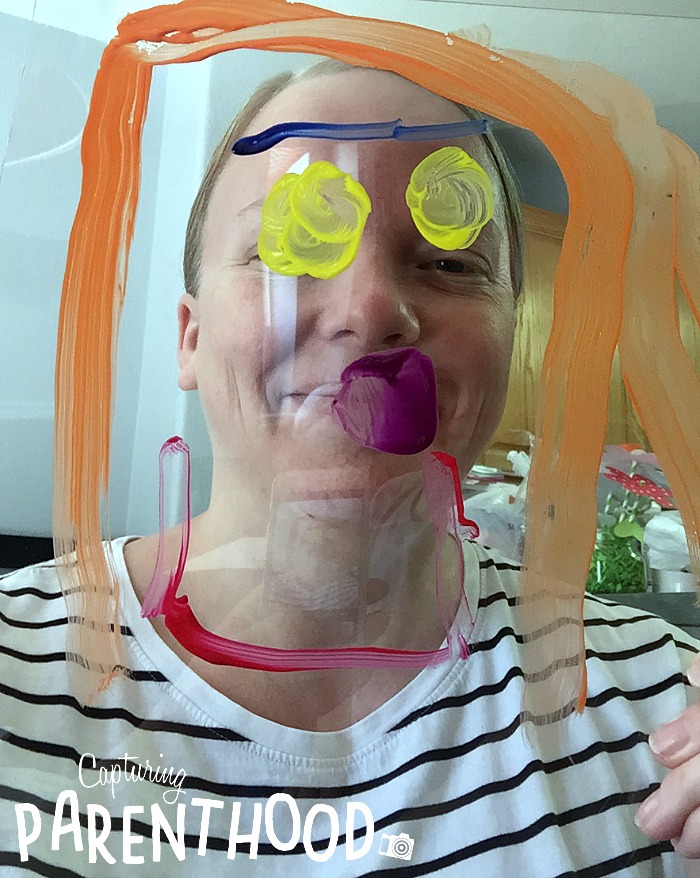
She was just as excited when it was her turn to hold the paintbrushes. And I loved watching her creativity in action.
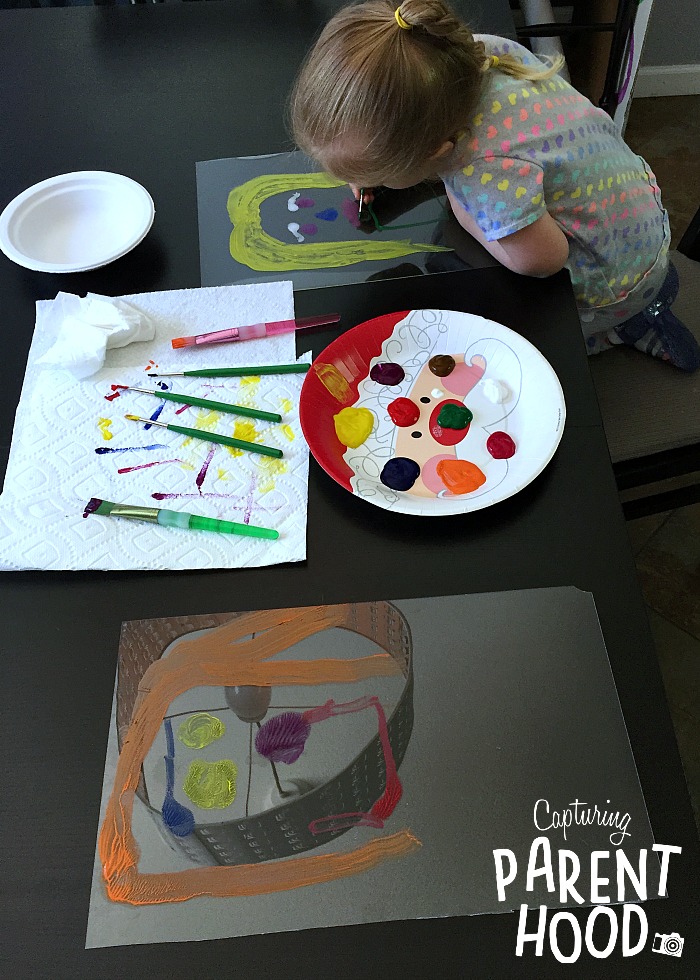
When our plexi-glass portraits were complete, our little nugget decided that we should utilize the blank space on the lower halves of our plexi-glass sheets. So, we extended our art project and each added another creative feature to our own portraits (mine being a rainbow between two flowers, and hers a painting of her baby teddy bear). The additional details that she now includes in her artwork amazes me, and also gently reminds me of how fast she is growing up. I love this sweet girl more than life itself.
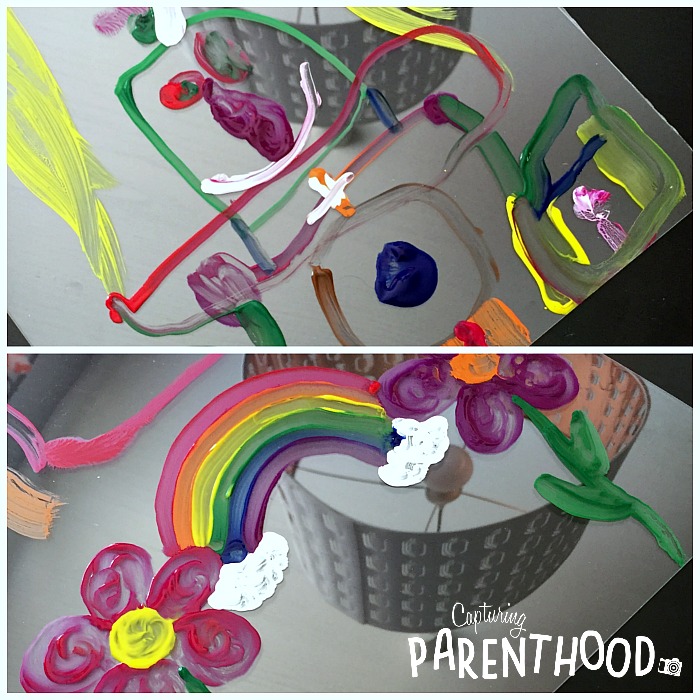
Next, I think we will have to break out a couple of mirrors and paint some self-portraits!
“Art is a place for children to learn to trust their ideas, themselves, and to explore what is possible.”
– MaryAnn F. Kohl

